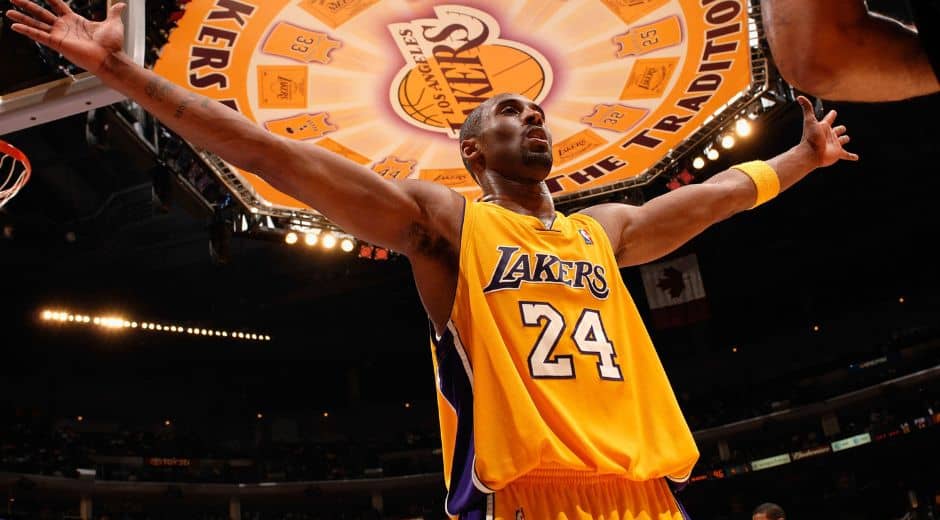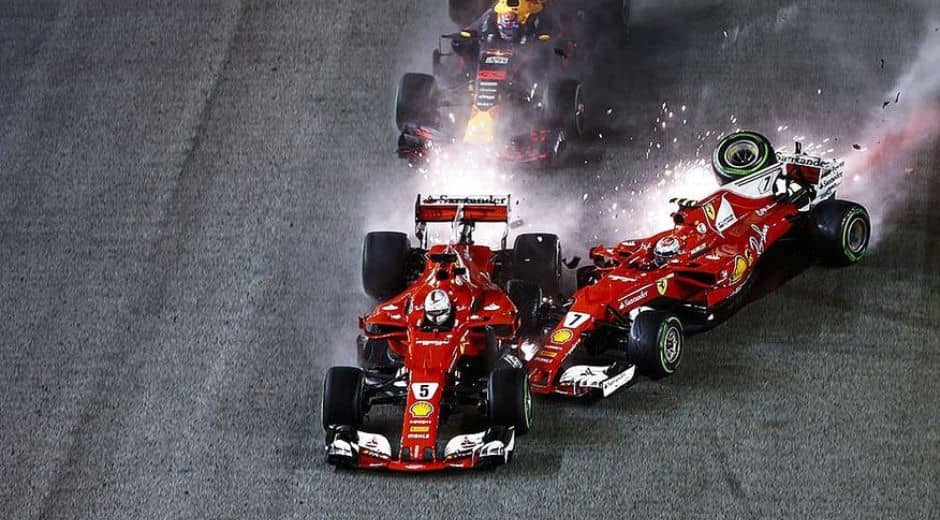Acceleration in Sport How to Create Faster Athletes
What Acceleration Really Means
Acceleration is the rate at which an athlete increases velocity over time. In plain language acceleration is how quickly you go from slow to fast. In physics acceleration is measured in units of meters per second squared but in sport we talk about how many meters an athlete covers in the first one or two seconds of a sprint and how forceful the first steps feel. Acceleration matters across many sports from track to football to basketball and rugby because it determines who reaches the ball first who beats a defender and who can change direction with intent.
Why Acceleration Matters in Different Sports
In team sport small windows of opportunity decide outcomes. A soccer player who can accelerate quickly wins many duels and a basketball player who can create a sudden gap will get more scoring chances. In racket sports acceleration helps players close down short balls and recover to prepare for the next shot. In sled sport and winter sport explosive starts define success in timed events. Training to improve acceleration is therefore not only about sprint mechanics but about sport specific situations such as getting a first step out of a block or coming out of a cut to run free.
The Science Behind Acceleration
Acceleration is about force applied to the ground and how quickly that force is produced. Newtonian mechanics tell us that force equals mass times acceleration. For athletes the key is increasing horizontal force production without losing vertical impulse that stabilizes posture. Factors that influence acceleration include muscle strength rate of force development ground contact time stride length stride frequency and technical alignment such as forward lean and hip extension timing. Coaches study contact angles and force vectors to help athletes push more effectively into the ground to gain speed.
Key Components of Effective Acceleration
Developing better acceleration requires a blend of technical and physical work. Technique covers start position reaction action of the arms and how the athlete drives through the first steps. Physical capacity includes maximal strength explosive power mobility and tendon stiffness for efficient force transfer. Neuromuscular coordination helps link the brain the nervous system and the muscles so force is produced precisely when needed. Training should target each component to create reliable improvements in the first one to three seconds of a sprint.
Training Methods to Improve Acceleration
Start with technique drills that emphasize posture and force direction. Short sprints from various starting positions build motor patterns for the first steps. Strength training such as heavy squats and trap bar lifts increases maximal force capacity while power work such as loaded jumps and Olympic lift variations improves rate of force development. Plyometric exercises that mimic sprint contacts encourage quick ground contact times and elastic energy use. Assisted sprint tools and resisted sprint drills can be used with care to change the athlete focus toward either turnover or force application.
Programming must be specific. Athletes need low volume high quality sessions where each rep of acceleration work is near maximal intensity. Recovery between reps should be long enough to maintain technique. Integrating speed work with sport practice ensures transfer to game scenarios. For additional resources on learning study methods that help coaches and athletes understand biomechanics and training theory check a resource like StudySkillUP.com which offers structured lessons and reference material.
Measuring Progress with Simple Tests
Coach friendly tests include timing 10 meter 20 meter or 30 meter sprints and measuring split times to isolate acceleration stages. Video analysis of the first five steps provides insight into trunk angle stride length and foot placement. Force plates and timing gates give more precise data but are not required for most teams. Regular testing every four to six weeks helps track improvements and verifies that training interventions lead to faster starts rather than just increased fatigue or altered mechanics.
Common Mistakes and How to Avoid Them
One common error is overdoing volume which leads to technical breakdown in key reps. Another is neglecting strength work in favor of only sprinting which limits force capacity. Poor mobility particularly at the hip can prevent full extension and reduce push through the ground. To avoid these issues schedule specific strength days include mobility and recovery sessions and keep sprint contacts high quality and low in number. Coaching feedback during drills ensures that athletes maintain an effective forward lean and arm action as they accelerate.
Injury Prevention When Training Acceleration
Sprinting and explosive training carry injury risk if not managed. Gradual progression in intensity and volume is essential. Hamstring injuries are common when athletes try to produce force with poor control especially when tired. Strengthening the posterior chain with exercises such as Romanian deadlift single leg bridges and eccentric focused work improves resilience. Ensuring athletes warm up with dynamic movement patterns activates the nervous system and prepares tendons and muscles for high strain. Recovery strategies including sleep hydration and nutrition support tissue repair and adaptation.
Designing a Weekly Acceleration Plan
A balanced plan combines speed strength and skill. A sample weekly layout for a field athlete might include two days with specific acceleration work one strength day focusing on maximal lifts and one power day emphasizing explosive movements. Skill sessions and sport practice can include short sprints and reactive start drills. Rest days and low intensity modalities such as mobility and light aerobic work allow the nervous system to recover. Tailor volume to the athlete level a younger athlete needs less heavy load while an older athlete may require more recovery time.
Bringing It Together for Long Term Gains
Acceleration is a trainable quality that has direct impact on performance across many sports. Improvements come from focusing on mechanics maximal force development and power production along with consistent testing and recovery. Coaching needs to be specific and intentional with a mix of short sprints strength and plyometric exercises. To explore more sport science content and training ideas from a variety of sport categories visit our home site for more guides and articles at sportsoulpulse.com. When acceleration becomes a training priority athletes gain more control over the game and convert opportunities into outcomes.
Conclusion
Acceleration separates good athletes from great ones because the ability to get moving quickly underpins most decisive moments in sport. Combine technical practice with strength and power training measure progress regularly and protect the body with appropriate recovery and preparation. With structured work athletes can make measurable gains in the first seconds of motion which translates to more wins more plays and a clearer competitive edge.














